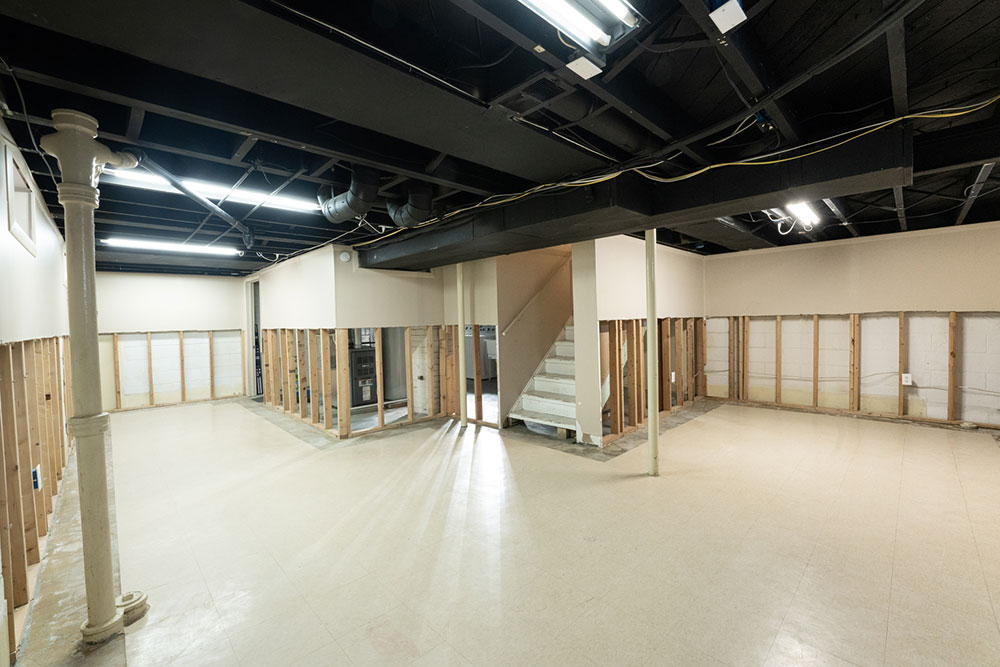4 common mistakes to avoid when waterproofing basements

Basements are no longer dusty rooms used as storage areas or not used at all. They are now being repurposed in homes and offices to serve as parking spaces, gymnasiums, libraries, cafeterias, etc. So, renovating one’s basement can help utilize this area effectively. One of the major steps in basement renovation is waterproofing because moisture accumulates quickly in basements. But to avoid potential problems, one should not make these mistakes while waterproofing their basements:
Not waiting before draining flood water from the basement
If there is a flood, it is likely to affect the basement first before moving to the other rooms in a home or office. In such a scenario, one’s first natural reaction is to drain the water as soon as possible. However, not waiting for some time before draining the water is a mistake because the water accumulates outside and around the basement and increases pressure in the basement. So, it ends up flooding in again within no time. Here, the best bet is to be a little patient before draining water from the basement.
Forgetting to examine the soil around the foundation
If the soil around the building’s foundation is too porous, water can easily seep into the basement. An effective way to redirect water away from the building is to ensure that the soil surrounding the building slopes away in the opposite direction from the building. This way, water does not accumulate around the building, and the inhabitants don’t have to fear flooding.
Not fixing existing leakage issues
A common mistake when renovating and waterproofing a basement is to neglect its existing problems, such as leakage issues and cracks. These issues can aggravate as time passes, increasing maintenance costs and triggering quick wear and tear. So, one should actively inspect the basement for any existing issues before renovating and waterproofing it.
Laying wooden walls and floors
Wooden flooring looks quite appealing and is probably a good idea for other rooms but not for the basement. This is because the humidity levels in basements are usually higher than in other rooms, so moisture tends to accumulate more quickly in basements. And if moisture integrates with soft, organic materials like wood, it can cause mold and mildew to develop. So, it is always better to go for inorganic materials like ceramic tiles in basements.








